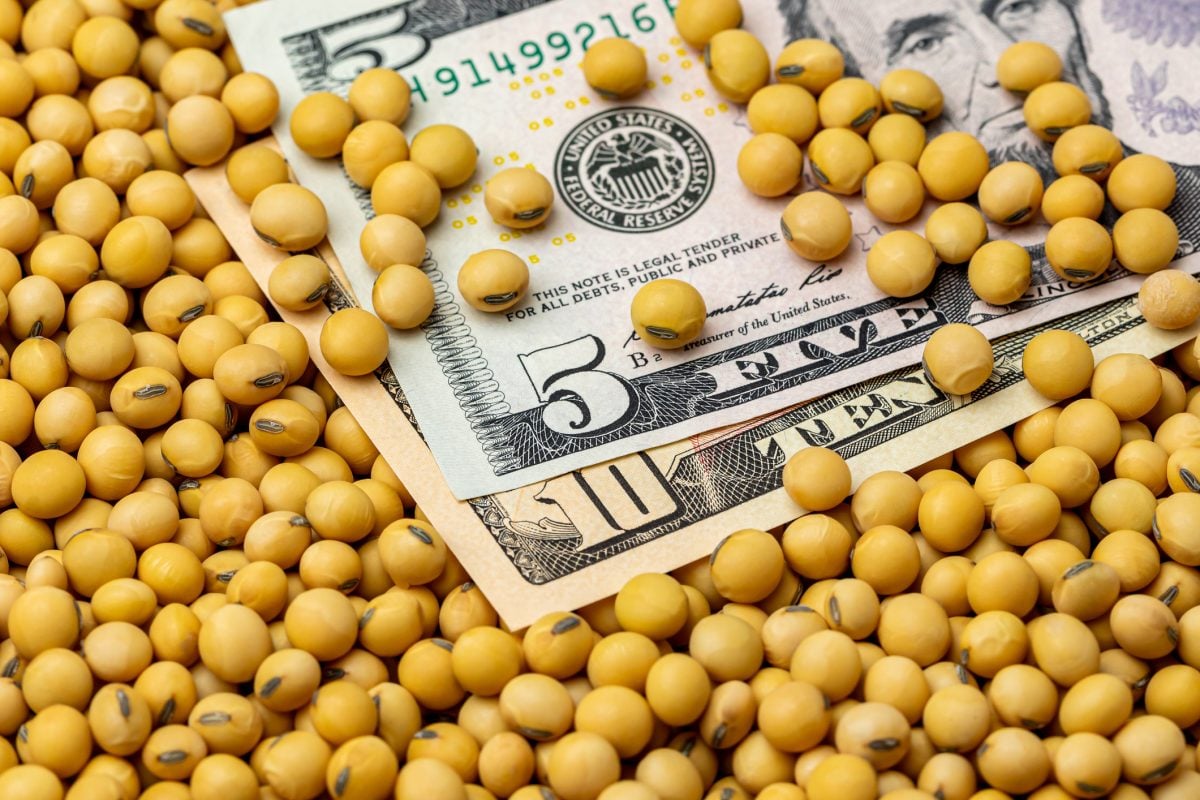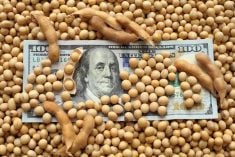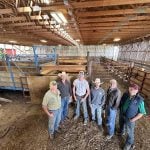Chicago | Reuters – Chicago Mercantile Exchange live cattle edged higher on Wednesday, with tight U.S. supplies keeping prices near contract highs.
A lack of fresh fundamental inputs limited the gains.
August live cattle futures LCQ3 settled up 0.05 cent at 181.325 cents per pound, ending just below the contract high of 181.875 cents it set during Wednesday’s trading session. October live cattle LCV3 rose 0.175 cent to end at 183.725 cents per pound, its highest close on record.
August feeder cattle FCQ3 fell 1.2 cents to 246.8 cents per pound. August lean hogs LHQ3 gained 1.65 cents to 97.925 cents per pound.
Read Also

U.S. grains: Soybeans set 15-month high on U.S.-China trade deal hopes
Chicago soybean futures reached their highest in 15 months on Tuesday, briefly topping $11 a bushel on optimism that the U.S. could reach a trade deal with China as leaders from both countries are expected to meet in South Korea on Thursday.
In the wholesale market, prices for select cuts of boxed beef fell 65 cents to $275.96 per hundredweight (cwt), while prices for choice cuts BEEF-US-CH were $1.09 lower at $303.59 per hundredweight, the U.S. Department of Agriculture said.
Meatpackers were losing $34.20 for each head of cattle they processed, compared to profits of $14.50 a week ago, according to HedgersEdge.com.
The U.S. Department of Agriculture will provide a supply update on Friday when it issues a bi-annual inventory report and separate monthly data about the number of cattle on feed. Analysts surveyed by Reuters estimated there were 2.3% fewer cattle on feed on July 1 compared to a year earlier.
— Tom Polansek reports on agriculture and ag commodities for Reuters from Chicago. Additional reporting by Mark Weinraub.












